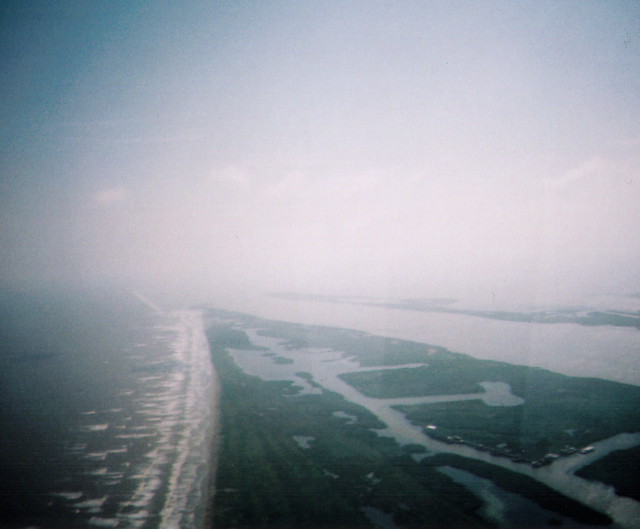What it looks like, from the Corps' River Gages:
It's basically like a really, really big tidal fluctuation. This is the lake-side of the London Ave. Canal.
So, we've basically been dumped on and dumped on and dumped on by Isaac. The totals are impressive (~17" at Audubon Park as of last night), but I'd say that it never really dumped all at once; it's been a slow, steady drizzle at ~0.5"/hr or less. One interesting note to pay attention to is the outfall canal pumps. The Lens had a report up right before the storm about how a pair of pumps were out of commission. Matt McBride has had a series of posts tracking failure after failure of these 'temporary' (decade-plus of service by the time they're retired) pumps.
One thing I learned as an engineer while working for a large hot sauce concern in South Louisiana is how subjective runoff calculations are. You can have 2 systems that are rated for the same 10-year rain event, but are dramatically different. You start by assuming how much retention the land has at the start of your design-case rain (saturated soils absorb ~nil). They you have retention ponds built (which will actually fill up over time). Only then do you size the pumps. A modern drainage system tends to be very dependent on retention ponds (like New Orleans East). The system that Albert Baldwin Wood designed in the 1910's is almost exclusively pumping power. As designed, there was virtually no retention capacity built into the system. Over time, the S&WB has added some retention capacity in; for example, before a storm, the canal water levels (which have a certain, nominal level, just for the stability of the canal banks) are drawn down as low as possible. There are also relatively few, much larger pumping stations in Albert Baldwin Wood's design. The downside of this is the feeder canals are much longer and deeper, so when there's a problem, the S&WB has to dig to China to make a repair. On the bright side, it means that it's easier to keep power supplied to fewer stations; Jefferson Parish has something like three times the number of lift stations as Orleans Parish*. Wood's system was a bit more expensive to construct and maintain, but a modern system basically raises a white flag after a certain amount of time (when the retention ponds are full), while Wood's system can keep chugging right along hour after hour with minimal de-rating.

Photo of pumps being pulled from a few months back.
___________________
* Source: A Goulds pump salesman told me that.
NOTE: Some edits for spelling.






